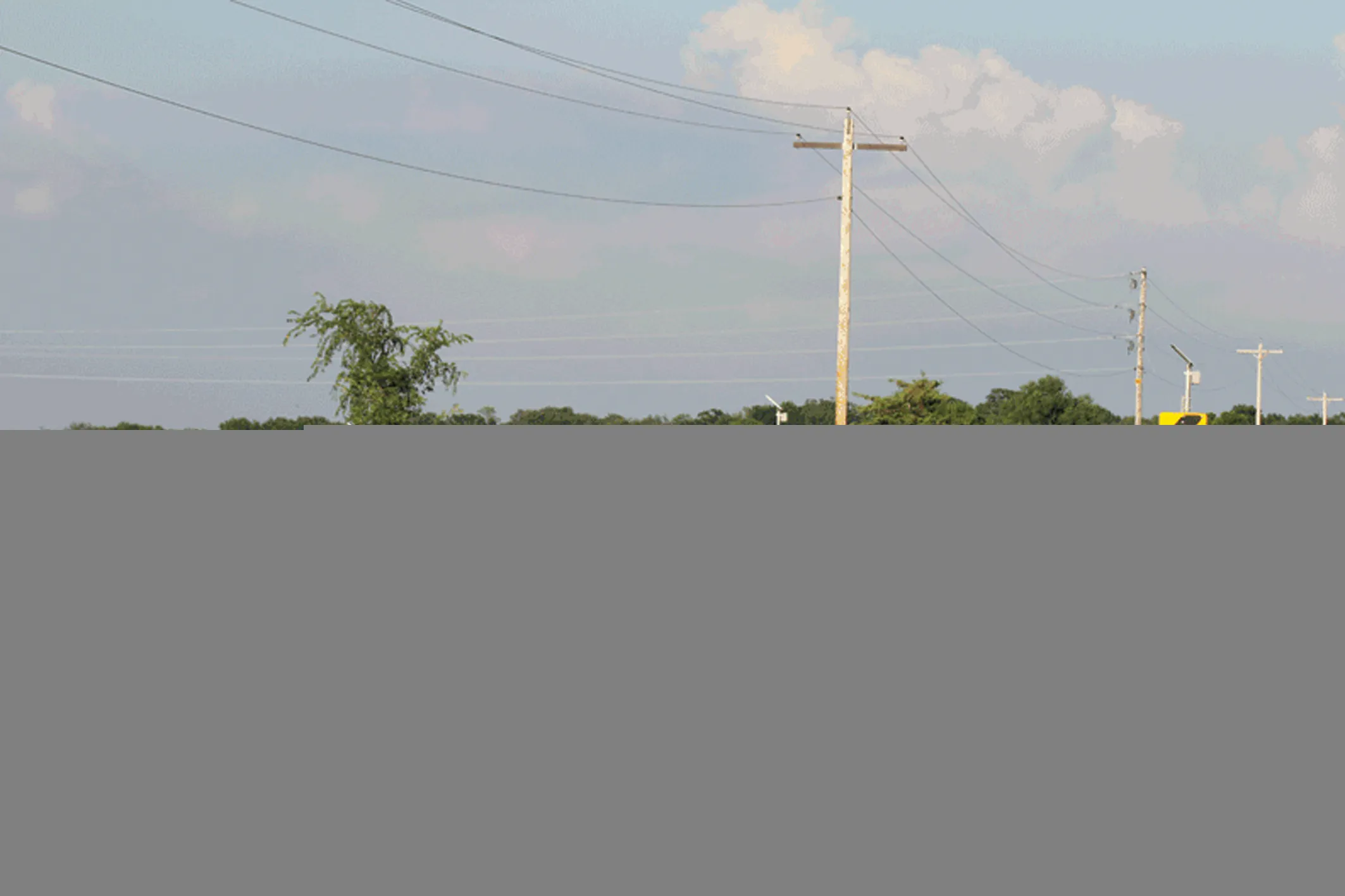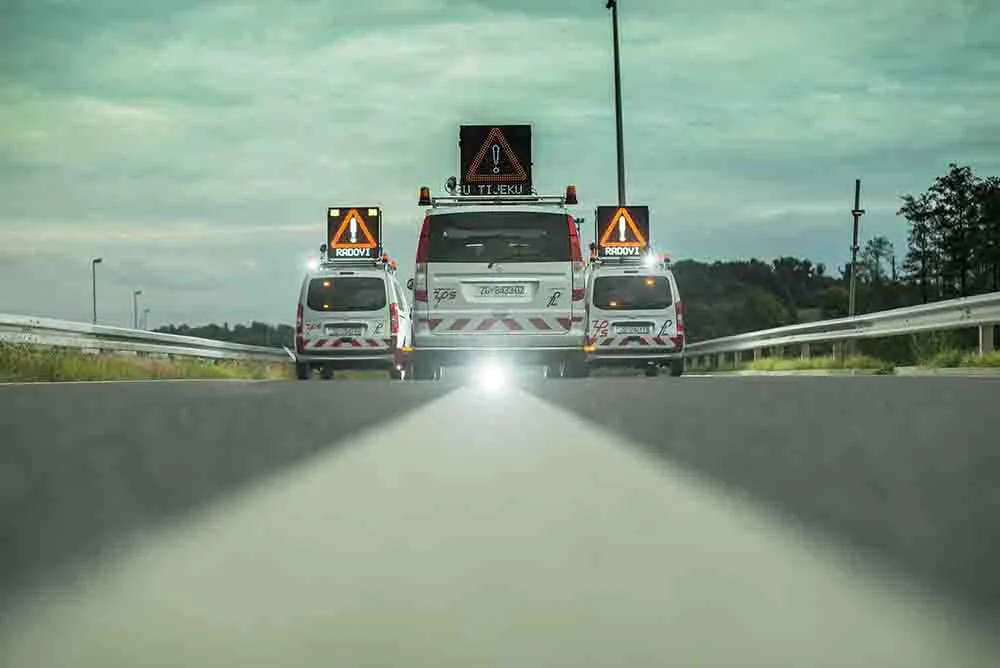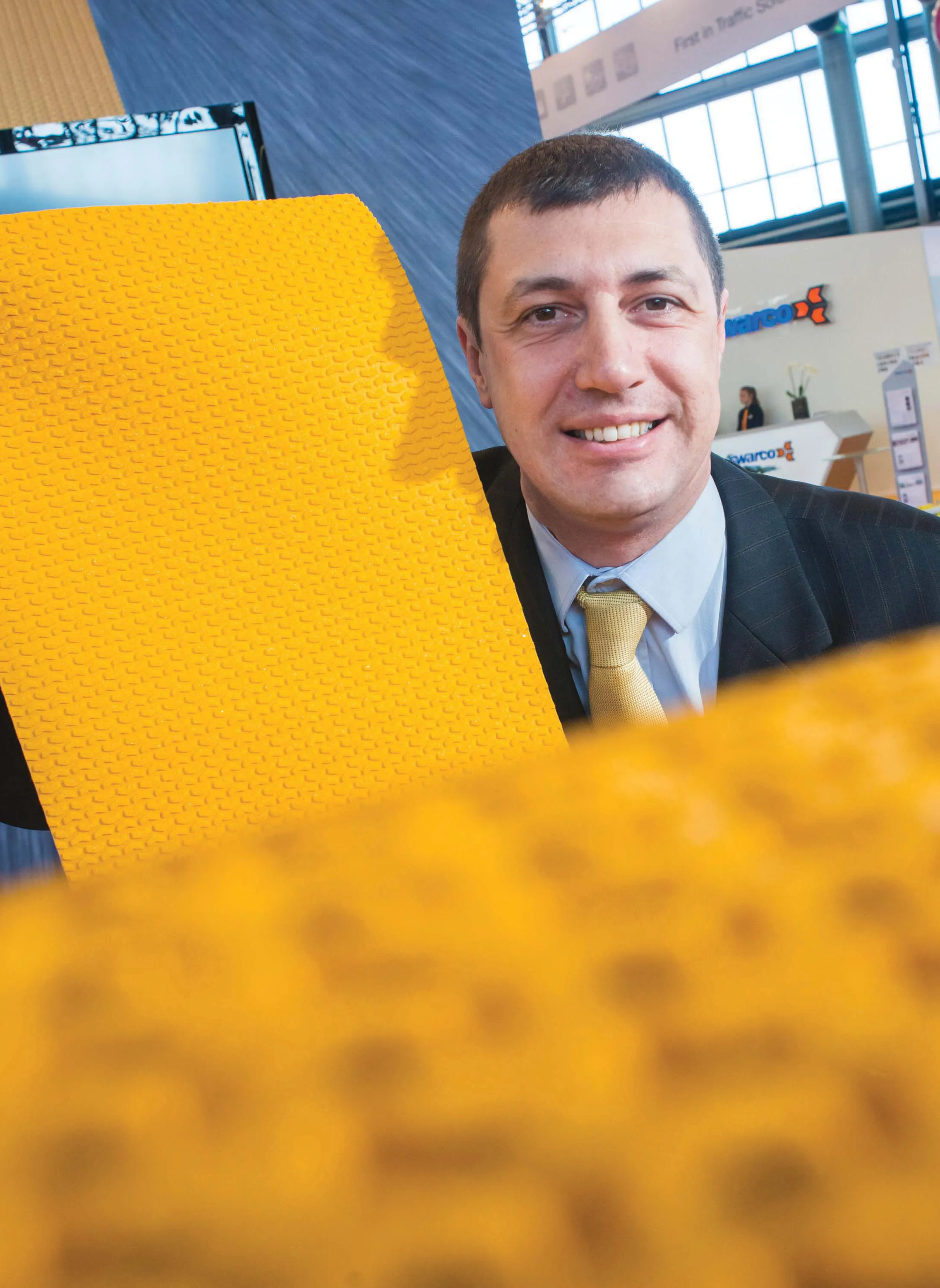Effective signage and the use of roadmarkings in the most effective manner can reduce risks for all road users - Mike Woof writes
February 24, 2012
Read time: 4 mins

Effective signage and the use of roadmarkings in the most effective manner can reduce risks for all road users - Mike Woof writes
Correctly placed roadmarkings play a valuable role in guiding road users of all categories; however in some urban environments reducing the risk of confusion can also improve safety. Contrasting approaches to the use of road markings may indeed be appropriate, depending on the application.Innovative projects in the US and the UK have now been instituted that will boost safety both for drivers and vulnerable road users. In the US a new Technology Partnerships study will evaluate the safety benefits of a solar-powered traffic signage system designed to minimise crashes on horizontal curves. The Sequential Dynamic Curve Warning System has been manufactured by Traffic & Parking Control. This is the first product to undergo a Technology Partnerships safety product performance evaluation.
TAPCO is installing the system in several locations in partnership with transportation departments in Missouri, Texas, Washington State and Wisconsin. The
Safety product performance evaluations assess the effectiveness of innovative road infrastructure safety technologies that are fully developed and market ready, but have had little use on US roads. The FHWA has also provided Technology Partnerships grants to industry to help move late-stage prototypes designed to improve highway quality or safety or reduce construction congestion to the market faster. The Technology Partnerships programme is part of the Highways for LIFE initiative to accelerate innovation use in the highway community.
TAPCO’s system uses LED-illuminated chevrons to provide drivers with advance warning of and guidance through horizontal curves in a bid to reduce the high number of crashes on such road sections. Roadway departure crashes cause 25% of all highway fatalities and this is intended for installation on curves that have higher-than-average crash rates.
Among the benefits that TAPCO cites are the system’s cost-effectiveness, ease of installation and use of solar power, which eliminates electrical installation and operating costs. The company has installed several systems throughout the United States, and preliminary feedback has been positive. The Technology Partnerships study will evaluate the technology’s effectiveness in reducing vehicle speeds and the frequency and severity of curve related crashes.
And in the UK, pedestrian safety in London’s busy Camden area has been dramatically improved by contractor FM
The first scheme of its kind in central London, the Camden High Street work cost €1.72 million. The area sees large numbers of pedestrians, particularly at weekends, due to the presence of the famous market, as well as offices, museums and the Regent’s Canal Greenway Route. But with its busy through-routes for traffic, safety has been a concern.
Improvement works carried out by FM Conway have included widening footways to ensure more room for high flows to pedestrians, narrowing carriageways to reduce traffic speeds and de-cluttered footways through the removal of excess signage and guard railings. The aim has been to allow sufficient pedestrian capacity for weekend peak periods, while improving visibility for drivers.
Similar modifications have been made at Bloomsbury’s Byng Place, which has been revamped into a high quality public space and is now used throughout the day by students, residents and office workers. Home to the University of London and University College London university campuses, Byng Place is heavily used by pedestrians and cyclists but also suffered safety concerns for all road users. The €803,000 improvement included the high quality upgrade of footways and carriageways, new street lights, removal of all vehicle parking and additional cycle parking. An innovative shared space that has no carriageway markings for cyclists or vehicles has been employed, which encourages users to slow down, enabling pedestrians to cross the street safely. Since completion, pedestrian flows have increased by 30% while average traffic speeds have decreased from 32-22km/h, making the square much safer.
The contractor says that the work has enabled both areas to become safer and more attractive environments, and has given pedestrians wider pavements for when there are crowds. Both schemes have been able to demonstrate good value for money while delivering high quality public places which are heavily used by pedestrians and cyclists.









